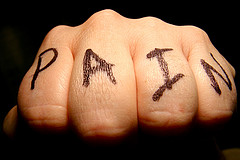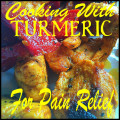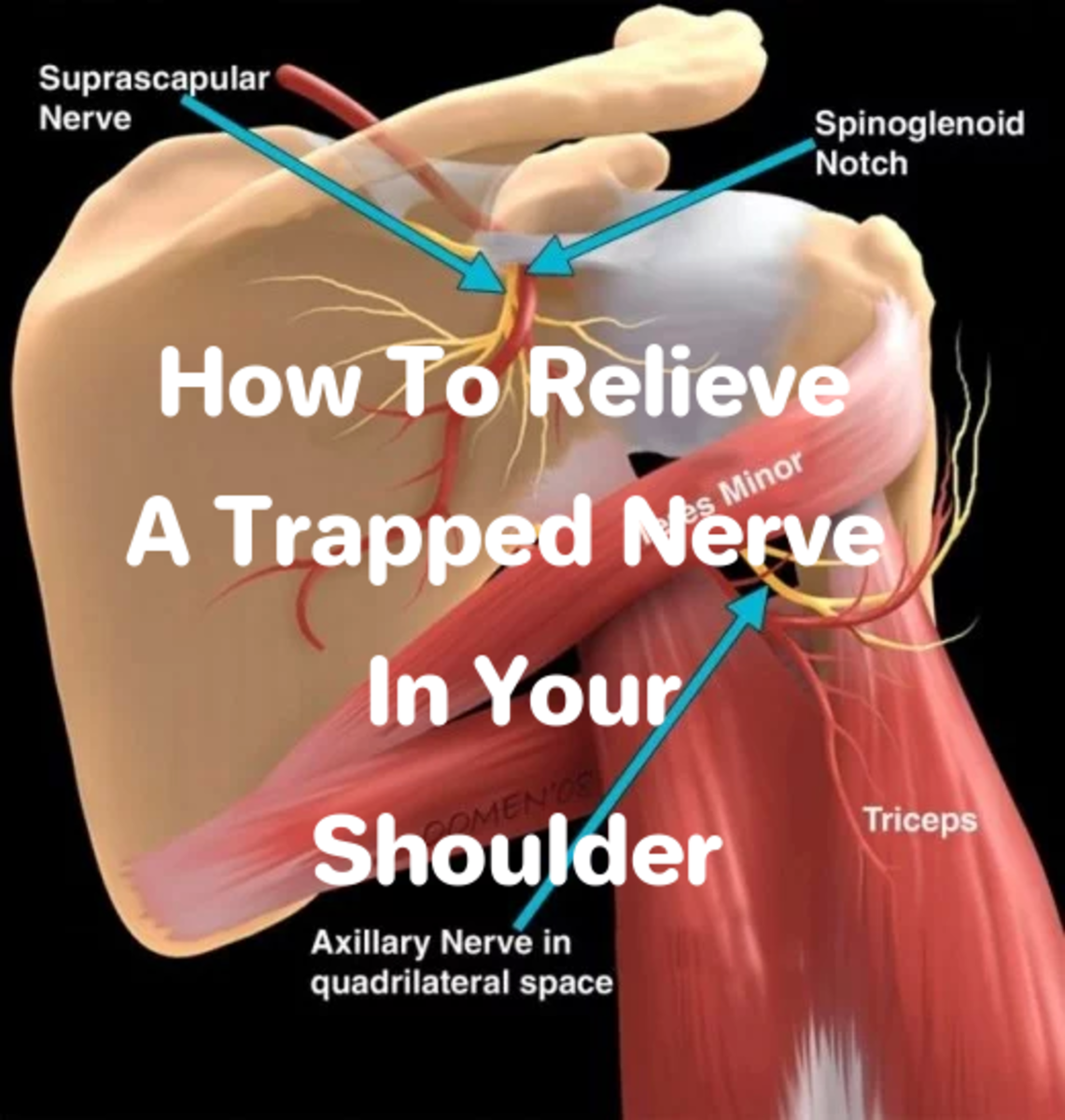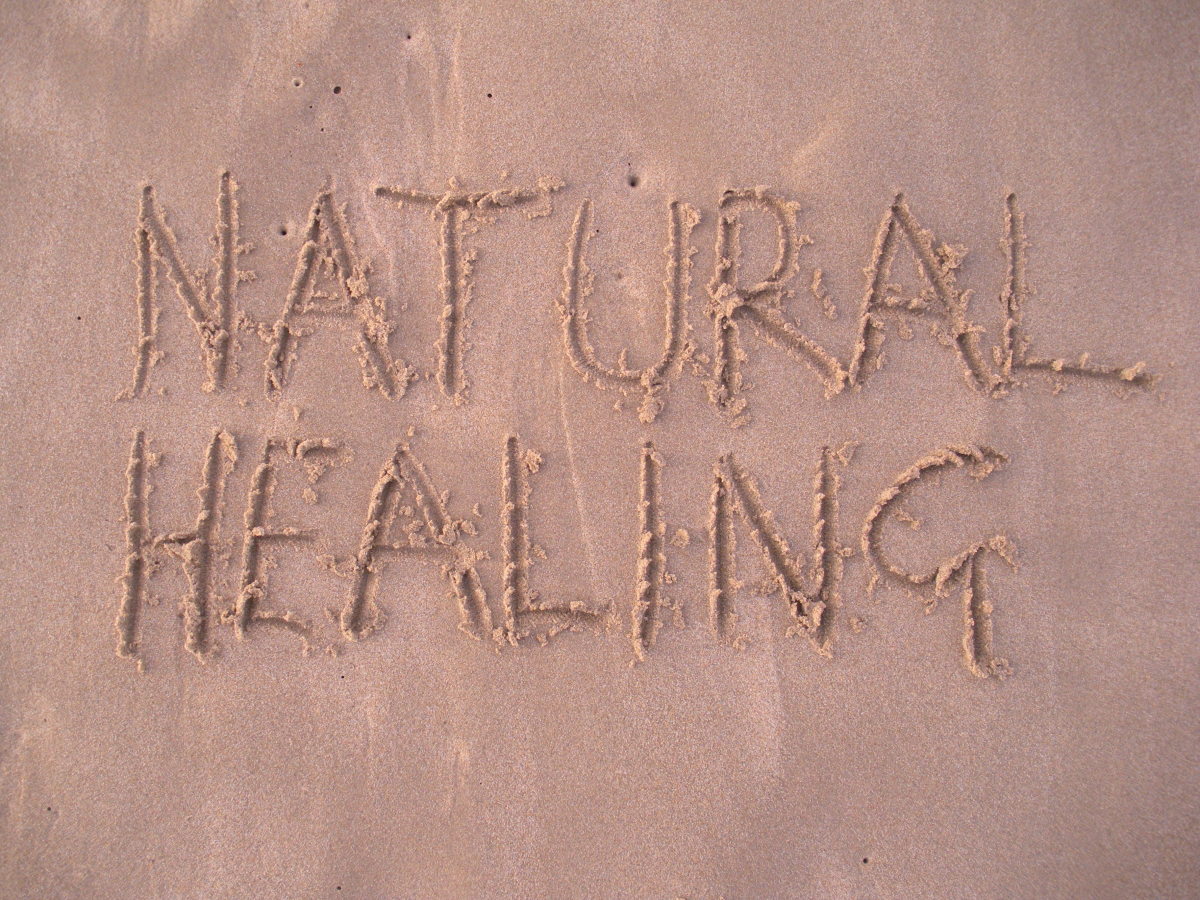How to Relieve Pain
About the Author
A nurse with nearly thirty years experience in long-term care, the writer has had extensive experience both personally and professionally with various methods of pain relief. He shares his knowledge in the hope that those experiencing pain not relieved by over-the-counter pain relievers will find easement of their pain will try one or more of these methods of pain relief. The epidemic of addiction to prescription pain pills might be abated if more of these techniques and methods are used instead.
Alternative Methods of Pain Relief
Traditional Western medicine offers therapies and analgesics, but sometimes these are not enough to stop the pain. Sometimes a person is seeking a non-medication solution to pain and discomfort. Complementary and alternative medicines offer potential solutions instead of, or in addition to, Western medicine. These alternative methods of pain relief are being used more widely by traditional medical practitioners and lay people everyday. Maybe one of more of them might relieve your pain and discomfort.

Discuss Pain Relief Methods with Your Health Care Provider
There is no one list of that will tell you what pain relief methods your health care provider will approve as part of your pain management plan because physicians and nurse practitioners are like the rest of us -- they are individuals and have various experiences with the variety of treatments available. Ask you health care provider which pain relief methods she recommends; you might be pleasantly surprised at the advice you receive.
If you feel strongly about the desire to use a certain technique or method and your current health care provider disagrees, ask him what the reason(s) is; your provider knows your individual health status and should be able to provide a valid answer. If you're determined to try that method, you can seek a second opinion. Ultimately, the decision is yours, but if your provider gives a reasonable explanation, you might want to try another method instead.
Find More Information on Relaxation Techniques
- American Holistic Medical Association (AHMA)
Welcome to the American Holistic Medical Association... a place for holistic physicians & front-line clinicians. Founded in 1978, the AHMA remains true to its original mission, serving as the leading advocate for the use of holistic and integrati - The Center for Mind-Body Medicine
The Center teaches scientifically-validated mind-body medicine techniques that enhance each person’s capacity for self-awareness and self-care to health professionals around the world, including those in traumatized communities in the greatest need. - NICABM - Mindfulness, Spirituality in Healing, Trauma Therapy Training, and Brain Science
NICABM is the leader in cutting edge education for brain science, mindfulness, treating trauma, and mind body medicine - Holistic Health Resources | American Holistic Health Association
American Holistic Health Association (AHHA) - a free, impartial clearinghouse connecting you to self-help wellness resources - including articles, videos, practitioner referrals, treatment option sources, educational opportunities.
Resources for Ways to Relieve Pain
Simple Techniques to Help Relieve Pain
- Guided Imagery: The technique of guided imagery can be used in a variety of ways to aid in pain management. The most basic method of guided imagery helps to also relieve stress, often a by-product of pain. Some methods of this technique use imagining images of the pain or the site of the pain as an inanimate object, such as a balloon, then imagining the act of eliminating the object, thereby eliminating the pain.
What research shows about the effectiveness of guided imagery on pain relief: Too few rigorous randomized clinical trials have bee completed to scientifically conclude whether guided imagery is helpful in pain management, but the evidence to date is encouraging.
- Relaxation techniques: The Clinical Center at the U.S. National Institutes of Health explains that muscle tension, anxiety and pain are often part of a vicious circle, where one of these issues intensifies, increasing the other issues. Relaxation techniques fall into four major types, according to the University of Maryland Medical Center: 1) Autogenic training, involving visual imagery and body awareness, 2) Breathing, where you place one hand on your chest and one on your abdomen, taking slow deep breaths that push the hand on your abdomen out during inhalation, then relaxing and slowly exhaling, 3) Progressive muscle relaxation, and 4) Meditation.
What research shows about the effectiveness of relaxation on pain relief: An analysis of psychological interventions, including relaxation, published Nov. 2012, concluded that insufficient scientific evidence is available to draw any conclusions about the effectiveness of the interventions in pain management.
- Distraction: Distraction involves focusing your attention on something other than your pain. As with the other simple techniques to help relieve pain, the more your practice one of more of these methods, the easier it will become to use it and the more likely it is to be effective for you. Hospicenet.org advises that the use of distraction is most effective for relieving pain of short duration -- 45 minutes or less -- or when pain is sudden and intense.
What research shows about the effectiveness of distraction on pain relief: In an article discussing the use of one distraction method, video games/virtual reality, researchers indicated early evidence that this type of distraction holds hope for pain relief in both children and adults.
- Skin stimulation: Skin stimulation involves the use of friction, temperature change, pressure and/or use of chemical substances (balms, ointments, creams) to excite the nerve endings. Because health experts theorize that the nerve impulses that send pain to the brain are the same ones that respond to skin stimulation, thereby "cancelling out" the pain signal. There is one caveat: Persons receiving radiation treatments should not apply any substances, heat, or cold to the area receiving radiation. Transcutaneous electrical nervous stimulation units, TENS units, fall into this category.
Both the American Cancer Society and Hospicenet.org advocate the use of skin stimulation for relief of pain.
Foot Reflexology for Pain Relief
More Natural Ways to Relieve Pain
- Yoga, Tai Chi: These two ancient forms of exercise are both low impact and employ mind-body control. Each of these improve balance and keep muscles active; many followers of either exercise feel an increased sense of calm, and relief of stress. Depending on your source of pain, the exercises may be pain-relieving; at the very least the exercises provide distraction.
- Foot Reflexology: There are different methods of employing reflexology, the art of applying pressure to zones or reflexes on the feet that correspond with different areas of the body to relieve pain, discomfort and stiffness.
- Acupuncture: Acupuncture is one of the most ancient of the healing arts, Chinese in origin. It involves the placement of very thin needles through the skin that stimulate specific areas of the body, as explained by the U.S. National Center for Complementary and Alternative Medicine. It is thought that such stimulation provides pain relief for a wide variety of conditions, although scientific research "jury" is still out on whether there is evidence of acupuncture's effectiveness on anything other than tennis elbow.
- Mindfulness-based Stress Reduction: This is a discipline/technique that has been used since 1979 when its developer, Jon Kabat-Zinn, asked the doctors in the pain unit to send him all the patients with chronic pain for whom current treatments were not working. Many of those patients met with success. Now the program, which teaches participants how to be present in the moment and how to re-program your mind's habitual responses to stimuli is in more than 250 hospitals in the United States. The University of Massachusetts Medical Center's Division of Preventive and Behavioral Medicine provides an eight-week course in these techniques. Alternatively, there is a
workbook available for at-home use.
- Acupressure
Clinical Trials Researching Methods to Relieve Chronic Pain
If you, or someone you know, are experiencing chronic pain and are having difficulty with your pain management plan, you may be interested in participating in a clinical research trial. Visit clinicaltrials.gov, then in the search box type in: "chronic pain" AND "United States" to find research trials that are recruiting study participants. If you're unable to find a clinical trial for you in that search, substitute whatever condition you have for the first term in quotes; if you live outside the United States, substitute your country's name for the second term in quotes.
Looking for More Ideas on Pain Relief?
- Chronic Pain--what you need to know and have never been told
- Acupressure For Migraines And Headache
Acupressure or pressure points therapy is a simple and effective alternate therapy to get rid of many health issues, safely. Learn about the acupressure points for migraine and headaches in this article. Read on for more... - Acupressure Therapy - Pressure Point Therapy
Acupressure is a totally safe, effective and a no cost, alternative health treatment, which one can do on oneself. To know more, read on... - Natural Muscle Relaxants and Pain Relief
Natural muscle relaxers relieve back pain with no dangerous side effects or concern about addiction. Herbs, homeopathic remedies, and vitamins can be used to relieve your muscle aches and pains. Best of all you can get most of them over the counter. - Reflexology for Pain Relief - It Works!
Reflexology works. Looking at it with Western logic, it shouldn't work - how can foot massage cure pain in your neck, your shoulder or your hip? But reflexology worked for me. - Three Types of Acupuncture and Their Many Health Benefits
- Ultimate Lower Back Pain Relief: How Can Doing Yoga and Stretching Exercises Help You
Lower back pain is among the most common problems that people face everyday, all over the world. With this hub, you will learn the importance of yoga and stretching exercises for lower back pain relief. Included are two videos to get you started in r - Remedies for Arthritis Pain Relief - Natural Home Remedies to Ease Arthritis Pain
Natural Remedies for Arthritis Pain. Easy household remedies and home remedies you can use to reduce, ease or relieve arthritis pain.
The information in this hub is not intended to be medical advice or take the place of advice given by your health care practitioner. Consult with your health care provider before using alternative or complementary methods of pain relief to ensure the safety of the practice for your individual health status.









